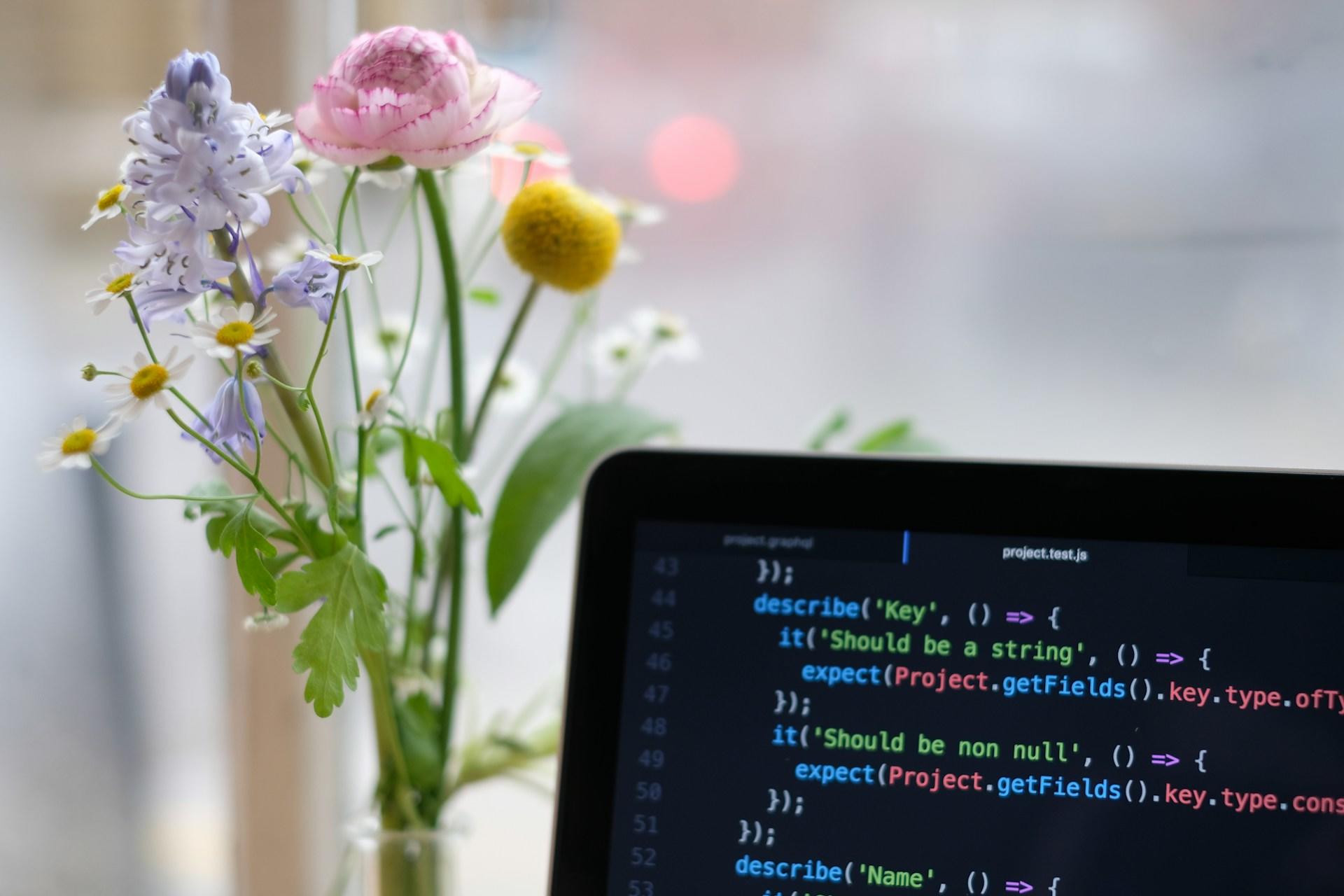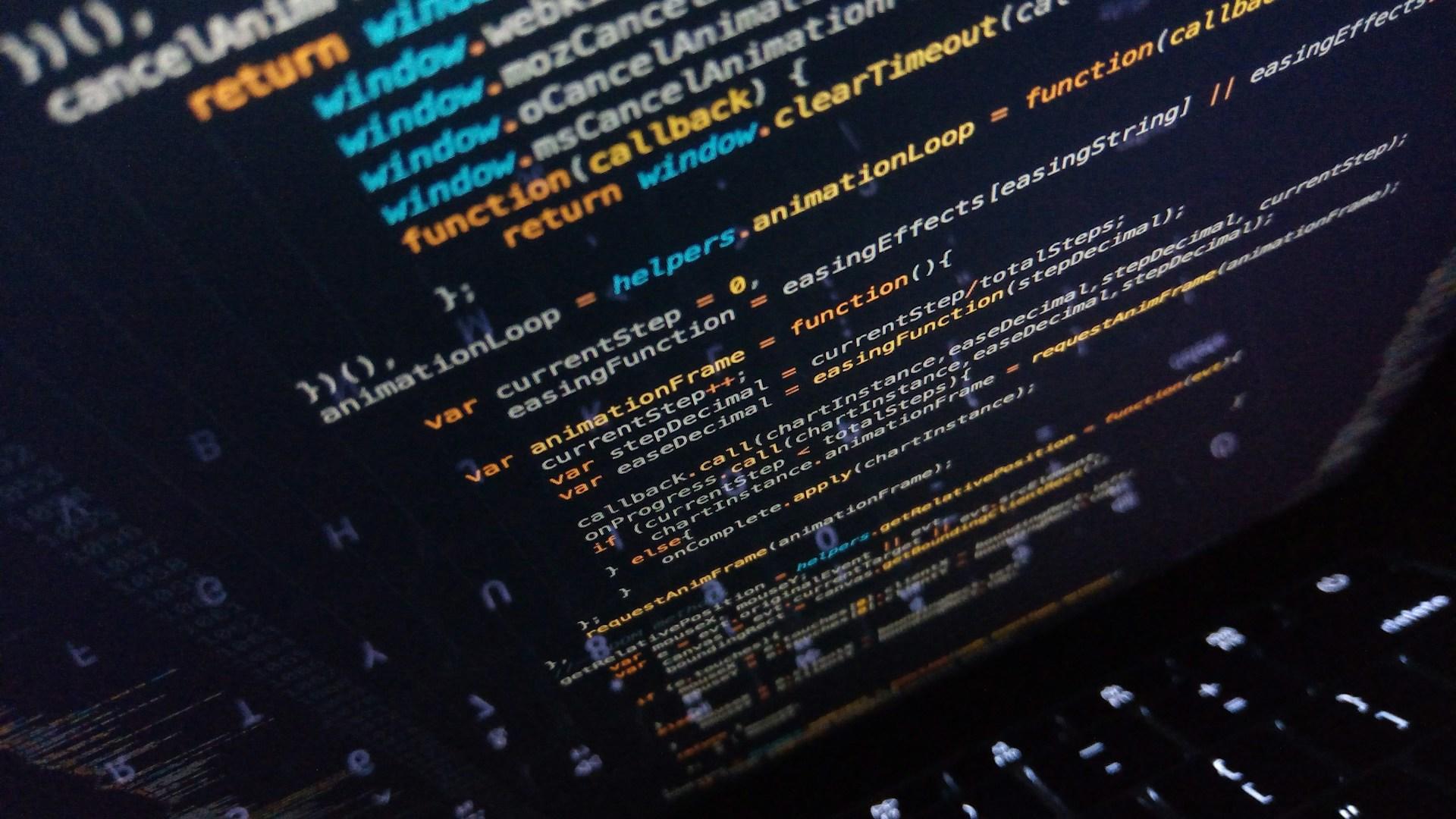Are you ready to embark on an epic quest through the world of JavaScript? In this article, we'll dive deep into the realm of variables in JavaScript and uncover their mysteries.
Variables are an essential aspect of any programming language, including JavaScript. They are like containers that hold values, allowing us to store and manipulate data.
But what exactly are variables used for in JavaScript? How do they relate to data types? Join us as we explore these questions and more. Together, we'll unravel the secrets of variables in JavaScript and equip you with the knowledge to wield them in your coding adventures. So grab your keyboard and let's get started on this exciting journey!

Understanding Variables And Data Types
JavaScript is an incredibly powerful programming language that allows us to create dynamic and interactive web pages. One of the fundamental concepts in JavaScript is understanding variables and data types. Variables are like containers that hold values, and data types determine the type of value that can be stored in a variable.
With the flick of a wrist (or, in this case, the push of a key on our keyboards), we can conjure up variables using the mighty let, const, and var keywords. Each of these has its own unique properties and uses, and it's up to us to harness their true potential. These keywords allow us to assign values to variables and manipulate them throughout our code. We can store various data types in variables, such as numbers, strings, booleans, arrays, and objects.
Numbers are one of the most common data types used in JavaScript. They can be whole numbers or decimal numbers and are used for calculations and mathematical operations. Strings, on the other hand, are used to represent text and are enclosed in single or double quotation marks.
Booleans are another important data type in JavaScript. They can only have two values - true or false - and are often used in conditional statements and logical operations. Arrays are used to store multiple values in a single variable, while objects allow us to store key-value pairs.
Understanding variables and data types in JavaScript is crucial for writing efficient and effective code. By knowing how to declare and manipulate variables, as well as the different data types available, we can create dynamic and interactive web pages with ease.

Different Types of Functions in JavaScript
These magical constructs come in many shapes and sizes, each with their own unique properties and capabilities. From the classic function declaration to the enigmatic arrow function, we shall uncover the mysteries of these powerful tools.
One of the most common types is the named function, where you give a function a name and call it whenever you need it. Then there's the anonymous function, which doesn't have a name and is often used as a callback function. And let's not forget about arrow functions, which are a more concise way of writing functions.
Did you know that Ajax and num are a dynamic duo in the world of web development?
Ajax is when we create interactive and responsive web applications and num is the perfect companion when handling numbers.
Mastering String Functions in JavaScript
String functions in JavaScript are powerful tools enable you to manipulate and work with text within your code. With these functions at your disposal, you can accomplish various tasks, such as determining the length of a string, converting it to uppercase or lowercase, searching for specific characters, and much more!
One of the most frequently utilised string functions in JavaScript is the length property. This function empowers you to ascertain the number of characters present in a string. It's as easy as calling stringName.length, and you will receive the length of your string as the output. This feature proves extremely beneficial when validating user input or setting limits on character count for inputs.
Another string function that is worth mastering is toUpperCase and toLowerCase. As their names imply, these functions enable you to convert a string to either uppercase or lowercase letters. This can prove advantageous when standardising user input or comparing strings without considering case sensitivity.
But wait, there's more. JavaScript provides various functions, such as indexOf, charAt, and substring, which enable the search for specific characters or extraction of portions from a string. Utilising these functions opens up a multitude of opportunities for manipulating and retrieving information from text-based data.

Best Practices for Using Variables in JavaScript
Of course, with great power comes great responsibility. As we harness the might of variables, it is crucial that we adhere to the best practices that will ensure our code remains clean, efficient, and maintainable. From proper naming conventions to the art of variable declaration, we shall delve into the principles that will guide us on our path to JavaScript enlightenment.

Common Mistakes to Avoid
When it comes to working with variables in JavaScript, there are some common mistakes that can easily trip you up. But fear not, because once you know what to look out for, you'll be well on your way to becoming a JavaScript pro! One of the most common mistakes is forgetting to declare a variable before using it. This can lead to bugs and errors in your code. So always remember to use the "var" keyword before assigning a value to a variable.
One more error to steer clear of is using an incorrect type of variable. JavaScript is a language that has dynamic typing, meaning that variables can store different kinds of values. However, there are instances where we unintentionally assign a value of one type to a variable that should hold another type. This can result in unexpected outcomes and challenging-to-debug problems. Hence, it is crucial to verify the types of your variables before utilising them in your code.
Additionally, it is important to be cautious of scoping issues. In JavaScript, variables declared within a function can only be accessed within that function. If you attempt to access a variable outside of its scope, you will encounter errors. Therefore, always be mindful of where you declare your variables and where you attempt to utilise them. By avoiding these common errors, you will be on the right track towards writing clean and efficient JavaScript code!
Advanced Techniques
But our journey does not end here, oh no! As we progress on our epic quest, we shall explore the advanced techniques for working with variables in JavaScript.
JavaScript is a powerful programming language that empowers developers to build web applications that are dynamic and interactive. When it comes to handling variables in JavaScript, there are several advanced techniques that can enhance your coding skills. These techniques enable you to manipulate variables in ways that were previously unimaginable.
One of these advanced techniques is the concept of destructuring assignment in JavaScript. It allows you to extract values from arrays or objects and assign them to variables in a concise and efficient manner. By using destructuring assignment, you can easily access and utilise specific elements of an array or object without the need for lengthy code.
Another advanced technique is the utilisation of template literals. These literals enable you to incorporate expressions within string literals, making it simpler to concatenate variables and strings together. With template literals, you can effortlessly create dynamic and personalised messages without resorting to complex concatenation methods.
In addition, JavaScript offers the choice to utilise default parameter values for variables. This implies that you can assign default values to parameters in a function, which will be utilised if no value is given when the function is invoked. This feature is incredibly advantageous when dealing with optional parameters since it saves you from writing extra code to handle undefined values.
Overall, these advanced techniques for working with variables in JavaScript unveil a whole new realm of possibilities for developers. They render code more concise, efficient, and easy to comprehend. So, if you aspire to elevate your JavaScript expertise, make sure to explore and master these advanced techniques.

The Quest Continues
The journey of the JavaScript developer is never truly complete, and there are always new horizons to explore.
Are you prepared to elevate your understanding to greater heights?
Search no more, for there is an abundance of resources at your disposal for further education! Whether you want to obtain a certificate in a particular field or simply wish to broaden your range of skills, numerous opportunities await you.
An online tutorial can serve as an excellent avenue to delve into a fresh topic or refresh your existing knowledge. Through their detailed guidance and interactive activities, these tutorials make the learning process captivating and enjoyable. Moreover, they frequently offer practical examples that enable you to effectively apply the knowledge you have acquired.
Still curious? Why not read our other article in this series which explains how to handle JavaScript events?















